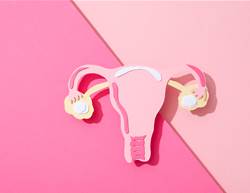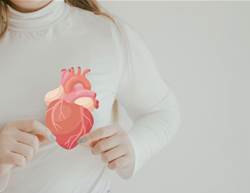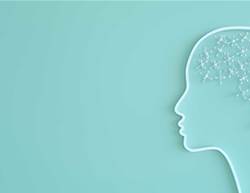“Endocrine-disrupting chemicals (EDCs for short) are any chemical or mixture that can interfere with any part of the human hormonal system. Your system is clogged with these chemicals at this very moment, messing around with your body fat, your gender, your mind, your mood, your sexual preferences and your ability to have children,” he says.
According to Julian, the human body has around fifty different hormones, key molecules that initiate a chain of command and control which governs things such as how we store and use our energy, grow, mature, reproduce, heal injuries, balance our blood pressure and blood sugar levels.
“These substances are critical to our survival: imagine the chaos that would ensue if, for example, you replaced one red city traffic light with a green one at a major intersection. By imitating our hormones chemically, EDCs can send our body false signals or block the natural ones, leading to dysfunction,” he adds.
According to the Endocrine Society, EDCs are now also implicated in conditions such as infertility, endometriosis, early puberty, breast and prostate cancer, thyroid disorders, obesity and various immune disorders.
“Some 1400 different chemicals have so far been found to disrupt the human hormonal system, and more are being added to the list each year. They include synthetic oestrogen and well-known toxins such as PCBs, phthalates, parabens, PBDEs, PFOA, BPA and DDT. These create a body burden that may accumulate for as long as personal exposure continues – but which will usually decline when exposure ceases,” continues Julian.
Julian says that these substances are to be found in certain items such as cosmetics and ‘personal care’ products, plastic drink bottles, packaging and food containers, household cleaning products, sunscreens, shower curtains, soft toys, plastic cutlery, TVs, computers and electronic devices, carpets, bedding, wood treatments, medical equipment and medicines, tin cans and detergents.
“They are also found in common medical drugs including contraceptives and in illegal drugs such as methamphetamines. As a result, these chemicals are now widely disseminated in fresh water and even the food chain, after being flushed down the toilet in the urine of users and then recycled in urban water supplies,” he says.
But it’s not all doom and gloom, many countries have now banned EDCs, but Julian still warns that contamination continues throughout.
In the UK, for example, researchers found traces of the contraceptive hormone estradiol in 80 per cent of the rivers and lakes they tested. Similarly, the US National Geological Survey found female hormone in 80 per cent of US drinking water sources.
“This flood of female hormones is certainly feminising fish that live in these waters and may also be feminising men who drink the water, leading to observed phenomena such as shrinking genitals, swelling breasts, reduced sperm counts and sexual dysfunction,” adds Julian.
“Around two men in every five now have fertility problems. By 2045 most couples may require fertility treatment. Oestrogens may sound fairly harmless, but for those affected the effects may manifest in a host of symptoms such as low sex drive, weight gain, muscle loss, migraines, depression, fatigue, mood swings, skin diseases, allergies, memory loss, hair loss, headaches and insomnia.”









